The story of a family business for more than 250 years.
History of Lang+Fulton
In the beginning...
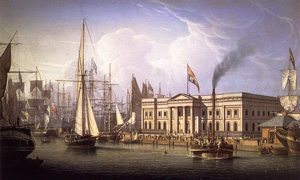
Ships Nails & Spikes
As Greenock prospered from the trade in rum and sugar from the Caribbean, Peter MacCallum ventured into ship owning but principally developed his iron nail and spike making business.
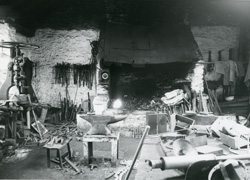
Iron Ship Plates to Steel
P MacCallum & Sons expanded into the bulk iron trade, winning large contracts for the supply of iron plate, which was replacing wood as the chief shipbuilding material. By 1870 their customers numbered all the Greenock and Port Glasgow shipyards and engineering works as their trade began to shift from iron to open hearth steel.

Lang & Fulton
in 1869 Thomas MacCallum died suddenly and his nephew, John Lang, became a partner. He ran the business with the help of his head clerk, James Fulton, who bought the last MacCallum shares in 1874. They began to diversify into sailing ships forming a new partnership in 1876 to manage their shipping interests, sharing the MacCallum offices.
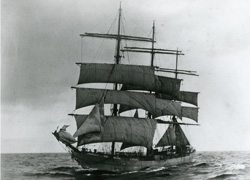
The Sailing Fleet
John Lang and James Fulton expanded the ship owing business to take advantage of high freight rates. By 1912 they had owned 13 and managed an additional 8 sailing ships. Large sailing ships were more economical than the new steam ships for bulk cargoes like coal, where margins were slim, but notoriously dangerous. Six of the fleet were lost during this period.
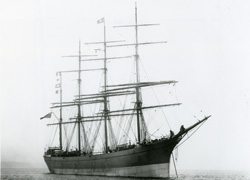
The Ard Steam Ship Fleet
Lang+Fulton began a highly profitable investment in steam ships, building up a fleet of 29 vessels. The ships were all named with the prefix ‘Ard’ such as Ardglen, Ardgoil, Ardgarval.

Wartime
One ship was requisitioned and 6 others were lost as a result of the war but the deep sea ships that survived were sold after 1918 taking advantage of a favourable market due to the shortage of merchant vessels.
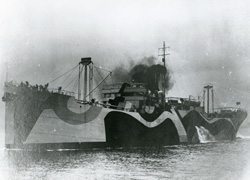
Post war boom and Coaster Fleet
The Company invested heavily in its steel merchanting business, supplying the flourishing shipbuilding industry as owners sought to replace tonnage lost in the war. As market conditions changed, Lang & Fulton began to import cheaper European steel in their fleet of modern coasters.
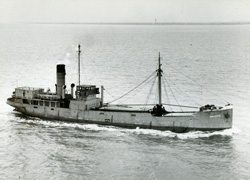
Steel Stockholding
Shipping revived towards the end of the war and freight rates rose swiftly. P MacCallum & Sons was forced to change its business model from steel merchanting to stockholding on account of government changes to the industry.
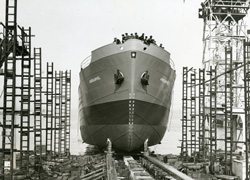
Steel Fabrication
With foreign competition and a decline in coastal trade, the fleet of coasters was gradually sold off. Lang & Fulton acquired the steel fabrication business of Cochranes Ltd, adjacent to the refineries on the East coast of Scotland, to take advantage of the new North Sea oil industry.
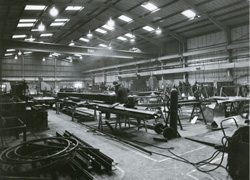
Orsogril UK
Lang+Fulton entered a new era trading under the name of Orsogril UK, concentrating on the sale of Italian manufactured grating fences.
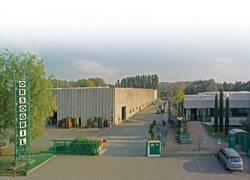
21st Century
Lang+Fulton have continued to extend their range of steel gratings and louvres, developing new architectural applications for their products within the construction industry.


